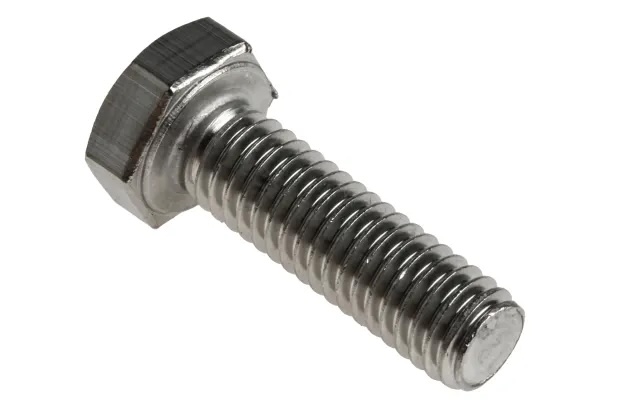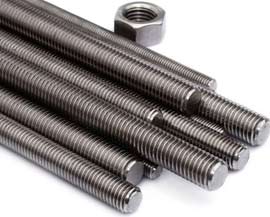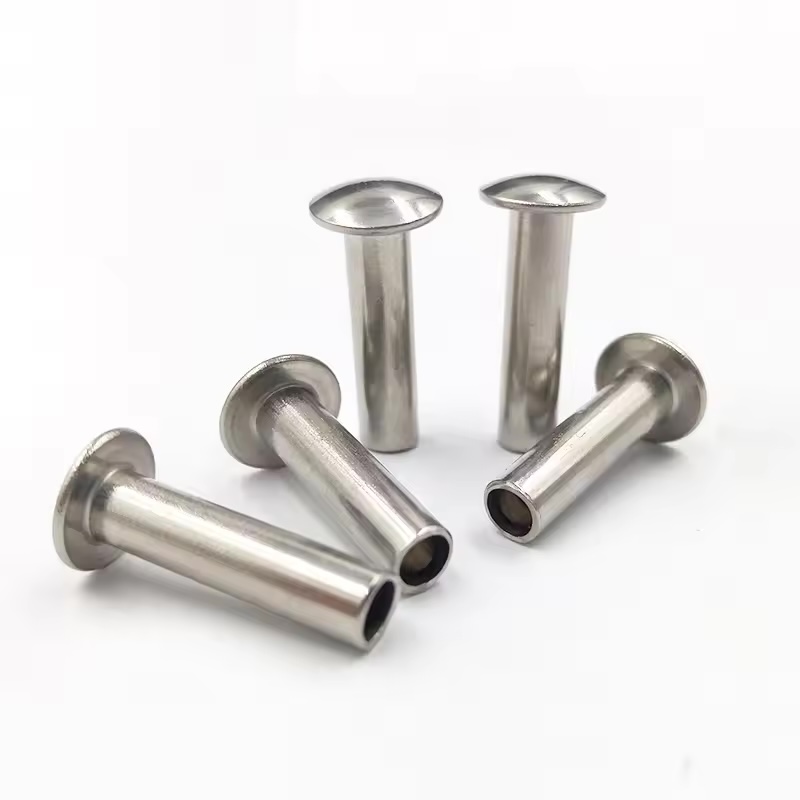SAE 15B41 Boron Steel
The Apex of Boron Steel Strength.
When a connection must withstand the absolute maximum tensile forces, the material must be engineered for ultimate strength. SAE 15B41 represents the apex of the boron steel family—a high-carbon grade designed specifically to achieve the highest possible strength and hardness after heat treatment. For critical, high-strength fasteners and forged components where performance cannot be compromised, 15B41 provides an unmatched level of security and power.
Engineered for Maximum Load
Superior Strength
The high carbon and boron content allows for heat treatment to the highest strength levels, such as Class 12.9 fasteners.
Exceptional Hardenability
The synergy between manganese and boron ensures a deep, uniform, and reliable hardness after quenching.
High Wear Resistance
The ability to achieve high hardness makes it very resistant to surface wear and abrasion in demanding applications.
Ideal for Hot Forging
While less suited for complex cold forming, its chemistry is excellent for hot or warm forging of high-strength parts.
Technical Specifications
Chemical Composition
| Element | Content (%) |
|---|---|
| Carbon (C) | 0.36 - 0.44 |
| Manganese (Mn) | 1.35 - 1.65 |
| Boron (B) | 0.0005 - 0.003 |
| Phosphorus (P) | 0.030 Max |
| Sulphur (S) | 0.035 Max |
Mechanical Properties (Quenched & Tempered, indicative only)
| Property | Value (Typical for Class 12.9) |
|---|---|
| Tensile Strength (MPa) | ~1220 |
| Yield Strength (MPa) | ~1100 |
| Hardness (Rockwell C) | 39 - 44 HRC |
Common Applications



Frequently Asked Questions about 15B41
When should I choose 15B41 over other boron steels?
Choose 15B41 when your primary requirement is achieving the maximum possible tensile strength in the final, heat-treated part. It is ideal for producing fasteners of the highest property classes, such as Class 12.9, where lower-carbon boron steels would be insufficient.
Is 15B41 suitable for complex cold heading?
Due to its higher carbon content, a 15B41 bright bar is more difficult to cold form than lower-carbon CHQ grades like 10B21. It is often preferred for simpler shapes or for parts that are warm or hot forged, a process better suited to higher-strength materials.
How does 15B41 compare to an alloy steel like SAE 4140?
Both can be heat-treated to very high strengths. 15B41 is a more economical boron-treated carbon steel that provides excellent tensile performance. 4140 is a chromium-molybdenum alloy steel that offers superior toughness and performance, especially in larger cross-sections, and is chosen for the most critical dynamic loads.
The Final Word in Strength
The integrity of a critical joint is measured by its ability to resist the ultimate load. The Marbrite Standard for SAE 15B41 is our guarantee of a material engineered for this purpose. We provide 15B41 bright bars with the precise chemistry needed to unlock maximum strength through heat treatment. When your design requires the highest class of performance, build with the steel that represents the final word in strength.